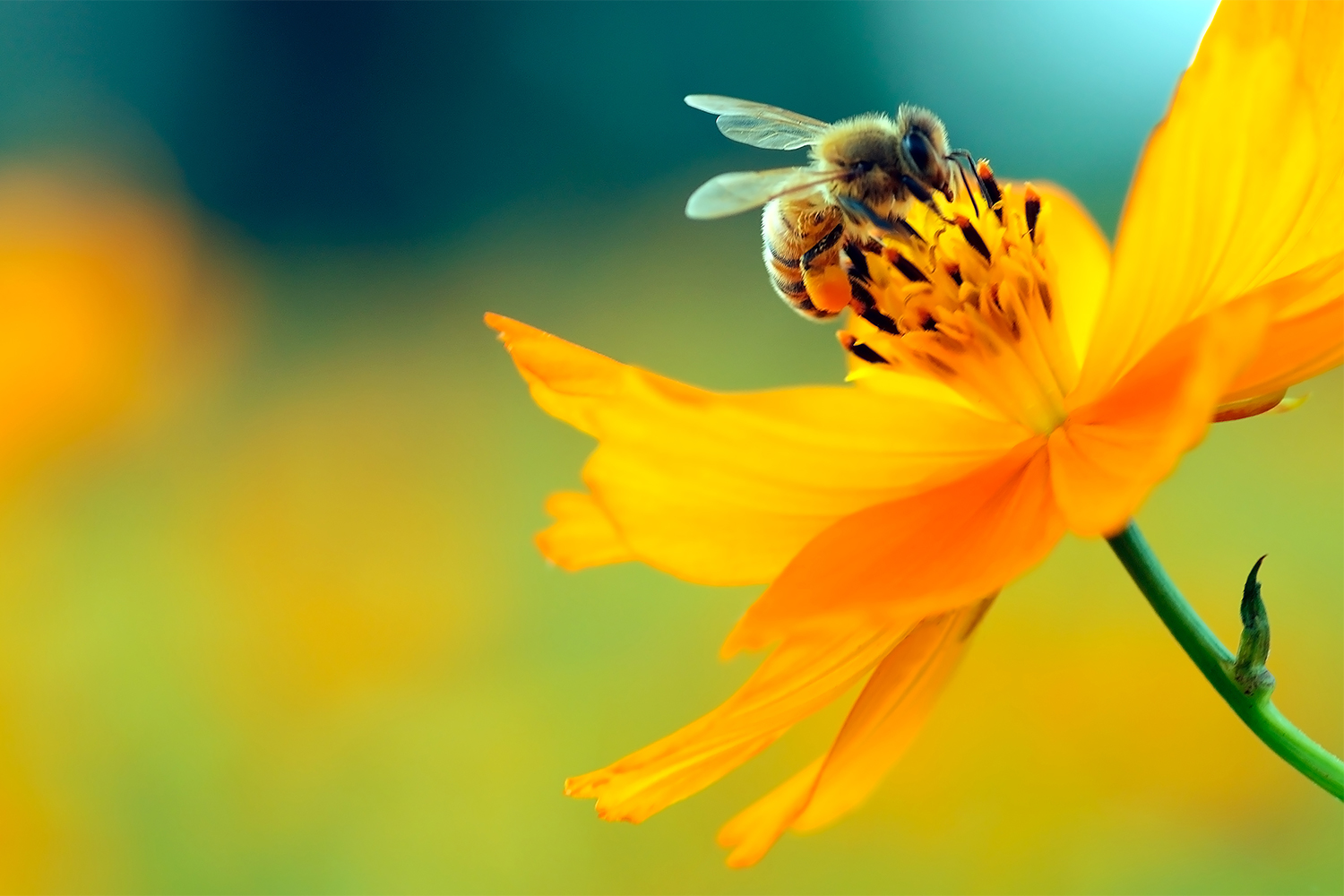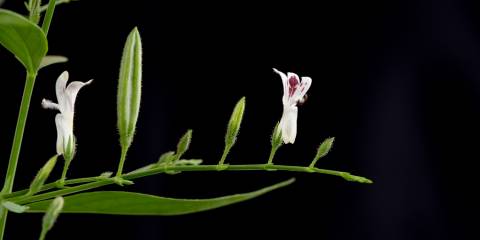If you like taking a big bite of a crisp, juicy apple; if a salad just isn’t a salad without some ripe tomatoes and crunchy cucumbers; if peach pie is your summer vice of choice . . . thank a bee.
Any fruit or vegetable whose flowers require pollination to bear fruit relies on bees to get the job done.
But, for reasons not entirely clear yet, the world’s bee population, both farmed and in the wild, has been in drastic decline since 2005, threatening the viability of about $200 billion of crops annually according to the U.N Food and Agriculture Organization.
The phenomenon—known as colony collapse disorder (CCD)—has cut the number of bees worldwide by as much as 50 percent. In China, the situation has become so dire that farmers are hiring workers—humans, not bees—to hand pollinate their crops with sticks.
Many scientists believe the culprit may be a class of pesticides called neonicotinoids. A report to the European Food Safety Authority said that three neonicotinoids posed a “high acute risk” to honeybees in some crops. The chemical agents are thought to cause the bees neurological and physiological damage, disrupt their foraging patterns, and harm their immune systems.
Although the pesticide manufacturers disagree and suggest the causes of CCD lie elsewhere, the European Union voted at the end of April to impose a two-year moratorium on the use of these chemicals on crops to provide time for more study and protection for bee colonies in the interim.
The final verdict on the cause(s) of CCD may not have been rendered yet but the staggering rise of the use of neonicotinoids in 2005 and the steep decline in bee populations that began the same year suggests a connection many scientists are willing to stake their reputations on.




